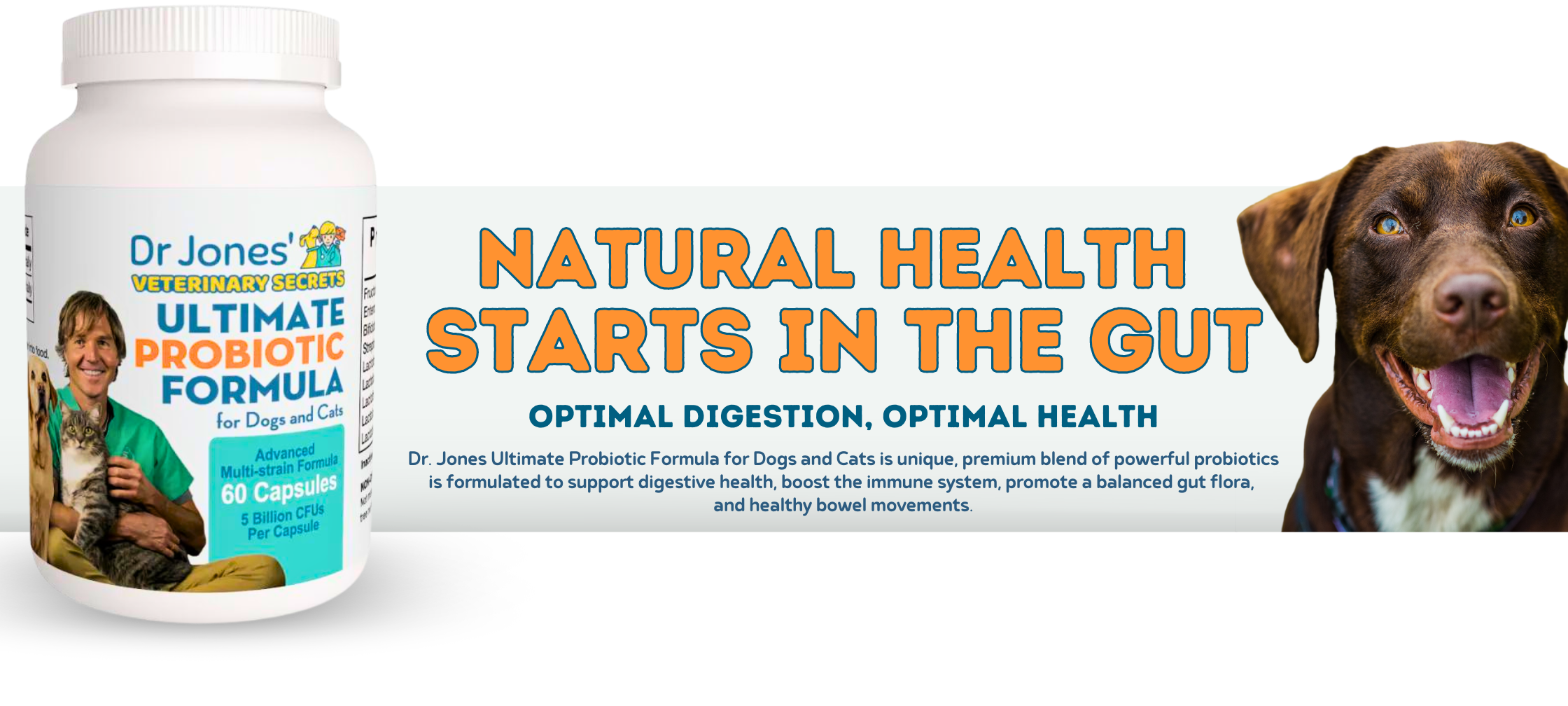How to Remove Dog Tear Stains: Top Home Remedies That Work!

How to Manage Excessive Eye Tearing in Dogs: Natural Solutions That Work
Does your dog have excessive eye tearing or epiphora, and you’re wondering if there’s something you can give them at home to stop it? The good news is, in some cases, there is! I’m Dr. Andrew Jones, and today I’ll share what to feed your dog to address the underlying cause, along with specific home remedies that I’ve found to be really effective.
Understanding Excessive Eye Tearing in Dogs
Excessive eye tearing, or epiphora, is actually quite common in dogs. For example, my dog Tula experiences this too. However, because of her dark fur, it’s hard to see the tears, but I can feel it and observe the crusted eye debris in the corners of both her right and left eyes. This is a clear sign that her tear ducts are blocked.
Normally, tears are produced to lubricate the surface of the eye and ensure the eyes function properly. These tears should drain through a duct in the corner of the eye and into the nostrils. But when this duct gets blocked, excess tears can spill over, causing excessive tearing and the brown stains that often accompany it.
These brown stains are usually caused by porphyrins, a byproduct of the breakdown of red blood cells. The molecule that carries oxygen in the blood, called hemoglobin, contains iron, which breaks down into a brownish rust color. This is often what you’re seeing in dogs with excessive tearing, particularly in lighter-haired dogs.
What Conventional Veterinary Treatments Can Help?
Conventional treatments for blocked tear ducts often involve procedures to clear the duct, which might include sedating your dog and using a canula to open the duct and flush it. Sometimes, a veterinarian might prescribe tetracycline antibiotics to reduce the pigment staining, but long-term antibiotic use can upset the dog’s microbiome and potentially lead to antibiotic resistance. In general, it’s best to avoid long-term antibiotics, especially for tear staining.
Holistic Solutions for Managing Excessive Tear Staining
Here’s a holistic approach that you can try to reduce excessive eye tearing and the associated staining. Let’s dive into what you can do at home.
1. Start with Your Dog’s Diet
A better quality diet can reduce inflammation, which in turn can help prevent an obstructed tear duct and excessive tearing. Poor-quality diets, particularly those with synthetic vitamins and minerals like added iron, can worsen tear staining. Excess iron in the diet has been shown to increase porphyrin production, which leads to worse staining.
If you’re feeding a commercial diet, make sure it’s a high-quality one, like this one from Canidae, which features animal protein (raw beef, lamb, and pork) as the first three ingredients. These meats naturally contain iron, so no synthetic iron is needed.
If you’re making a homemade diet, focus on a healthy balance:
- 1/3 animal protein (chicken or turkey)
- 1/3 healthy carbohydrate (sweet potato or brown rice)
- 1/3 vegetables (carrots or kale)
2. Use a Warm Compress with Green Tea
A warm compress with a green tea bag can help open up a blocked tear duct. Take a hot tea bag (make sure it’s not too hot to burn your dog), and place it on the lower lid of your dog’s eye where the discharge is. Hold it there for 30 to 60 seconds, twice a day. This can help encourage proper tear drainage.
3. Treat Secondary Skin Infections
Tear stains can cause secondary skin infections. Wiping your dog’s eyes with a black tea-soaked gauze can help reduce staining. Do this three to four times a day for two weeks. You can also use colloidal silver, which is completely safe for your dog, even if it gets into their eyes. Apply a drop in the lower eyelid and gently wipe the surrounding area with gauze.
4. Use Coconut Oil for Antibacterial Treatment
Coconut oil has antibacterial properties and can help with inflammation. Apply a small amount of coconut oil to the corners of your dog’s eyes where tear staining occurs. Do this twice a day for 14 days to help reduce the underlying infection and inflammation.
5. Consider Topical Yeast Treatments
If the skin is still red and irritated after two weeks of treatment, there might be an underlying yeast infection. In such cases, you can use a topical treatment like Monistat or Canist, both of which are safe for dogs. Apply a small amount to the tear-stained areas twice a day for 7 to 10 days to help treat the yeast.
6. Use Cornstarch to Help Whiten the Fur
Cornstarch can help absorb excess moisture and debris from tear stains. Gently dab a small amount of cornstarch onto the tear-stained areas, then let it sit and dry. Afterward, wipe it away with a gauze pad. Cornstarch is safe and non-irritating, making it a great option for helping with tear stains.
7. Boost Iron Absorption with Vitamin C
In some cases, if your dog has difficulty absorbing iron, you may need to help boost iron absorption. One inexpensive way to do this is by giving your dog vitamin C. The recommended dose is about 100 mg per 20 pounds of body weight daily. Start with a small dose and increase gradually, ensuring no diarrhea occurs. It can take up to 30 days to see results, so be patient and monitor closely.
8. Probiotics for Gut and Skin Health
Probiotics are great for normalizing your dog’s gut microbiome. By reducing inflammation and promoting a healthy balance of bacteria, probiotics can potentially help prevent blocked tear ducts and reduce tear staining. A high-quality multi-strain probiotic with at least 1 billion CFUs per capsule is ideal. You can even apply probiotics topically for added benefits.
Final Thoughts
Excessive eye tearing in dogs can be managed with the right combination of diet, home remedies, and patience. Start by improving your dog’s diet, using natural treatments like warm tea compresses and coconut oil, and consider supplements like vitamin C and probiotics. By addressing the root causes of tear staining, you can help your dog feel more comfortable and look better without relying on long-term antibiotics or invasive treatments.
Thank you for watching! If you found this helpful, be sure to subscribe for more pet health tips and natural remedies.





I recently heard that infused goats’ milk, (infused with good bactetia) can be used to cleanse the area around the eye to reduce the bad bacteria present in tear stsins. Dogs can drink it as well to help the gut replace the good from the bad bacteria present in the digestive tract..Have you heard of infused goat’s milk as a health remedy for tear stains? Do you know whether it can be purchased in Csnada? Haven’t been able to find it here.
You can try Amazon or other online stores.
Hi,
This year my Lhasa Apso has developed eye tear staining. He was recently to the vet and his eyes checked out fine, and they said it’s hard to treat eye staining. Where ever he licks is turning the same reddish brown, mostly on the bottom of the paws. He doesn’t have a yeast infection and he doesn’t appear to scratch a lot, but I am wondering if he may have an underlying food allergy? Where do I start with this?
Do I start with the eye treatments, or try to start with determining he has food allergies. He is about 8 years old. The kibble he gets is Diamond Naturals chicken and I’ve never noticed any reactions. The tear staining just started this past spring to summer.
Tear staining is often multi-factorial. It can be related to increased tear production, inflammation, bacteria or yeast that feed on tears, genetics (especially in small breeds), and sometimes underlying allergies. It’s also common to see the same reddish-brown staining on paws and around the mouth from saliva.
Because your vet has ruled out eye disease and infection, a two-pronged approach is often discussed by Dr. Jones:
Gently managing the tear staining itself
Looking at possible underlying triggers such as food or environmental sensitivities
Here are a few Dr. Jones articles we strongly recommend reviewing:
How to Treat Tear Stains in Dogs and Cats – Safe & Effective Solutions
Covers what tear staining is, why it happens, and gentle holistic steps such as keeping the area dry, addressing bacteria, and dietary considerations.
https://veterinarysecrets.com/runny-and-stained-pet-eyes-top-tear-staining-remedies/
Stop Eye Infections & Chronic Tearing – Effective Solutions Revealed
Explains excessive tearing, inflammation, tear duct issues, and supportive natural care options for chronic watery eyes.
https://veterinarysecrets.com/with-infected-or-chronic-tearing-eyes-remedies-that-work/
Food Allergy in Dogs – Signs, Solutions, and Natural Remedies
Since food sensitivities can sometimes show up as tear staining, paw discoloration, or licking, this article explains common allergy signs and how elimination diets are typically approached.
https://veterinarysecrets.com/food-allergy-in-dogs-signs-solutions-and-natural-remedies/
Many pet parents find it helpful to start with simple eye hygiene and dietary review, then observe whether changes occur over several weeks. If food allergies are suspected, Dr. Jones discusses why slow, methodical diet trials are often the best way to identify triggers.
We hope these resources help guide your next steps and give you some clarity.